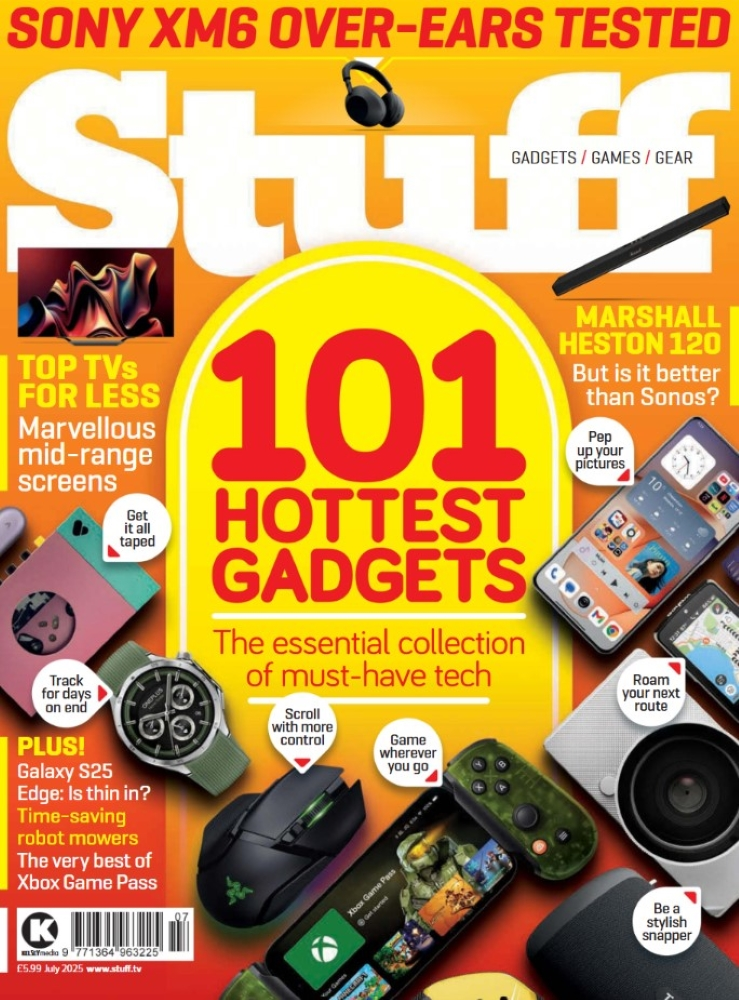Oppo Find X8 Pro review: I’m stoked this fab phone is seeing a wider release
Photography-focused flagship makes a welcome Western return

Stuff Verdict
Oppo’s European return has been a long time coming. The Find X8 Pro is a fantastic (if left-field) flagship with wonderfully capable cameras, long battery life and plenty of performance.
Pros
- The new standard for flagship performance and battery life
- Dynamic and detailed cameras in all lighting conditions
- Slick styling, stellar screen and handy alert slider
Cons
- Quick Button a lot more basic than Apple’s Camera Control
- Stablemate OnePlus offers similar hardware for less
- OxyenOS might be a bit full-on for some tastes
Introduction
Had they not been forbidden fruit in the West, I’m convinced the last few generations of Oppo flagship would’ve been a serious contender for the best smartphone crown. Heroic camera hardware and Hasselblad-assisted image processing comfortably shunted Google, Samsung and Apple into second place, but China exclusivity meant they were never going to hit the mainstream everywhere else. The Oppo Find X8 Pro might finally be set to change that.
This high-end hero is officially coming to Europe with all of Android’s bells and whistles, no importing or sideloading required. Oppo clearly has its eyes on the photography throne, too: as well as being the first phone with dual periscope zoom lenses, it’s also equipped with an iPhone-inspired Camera Control button. Flagship-grade silicon and a mammoth capacity battery should mean it impresses everywhere else, too. At £1049 it undercuts the Google Pixel 9 Pro XL, as well as the incoming crop of Snapdragon 8 Elite smartphones.
The big question is whether a few years away from the worldwide stage means the firm has forgotten what appeals to Western audiences – or are phone fans in line for a monumental comeback?
How we test smartphones
Every phone reviewed on Stuff is used as our main device throughout the testing process. We use industry standard benchmarks and tests, as well as our own years of experience, to judge general performance, battery life, display, sound and camera image quality. Manufacturers have no visibility on reviews before they appear online, and we never accept payment to feature products.
Find out more about how we test and rate products.
Design & build: round and proud
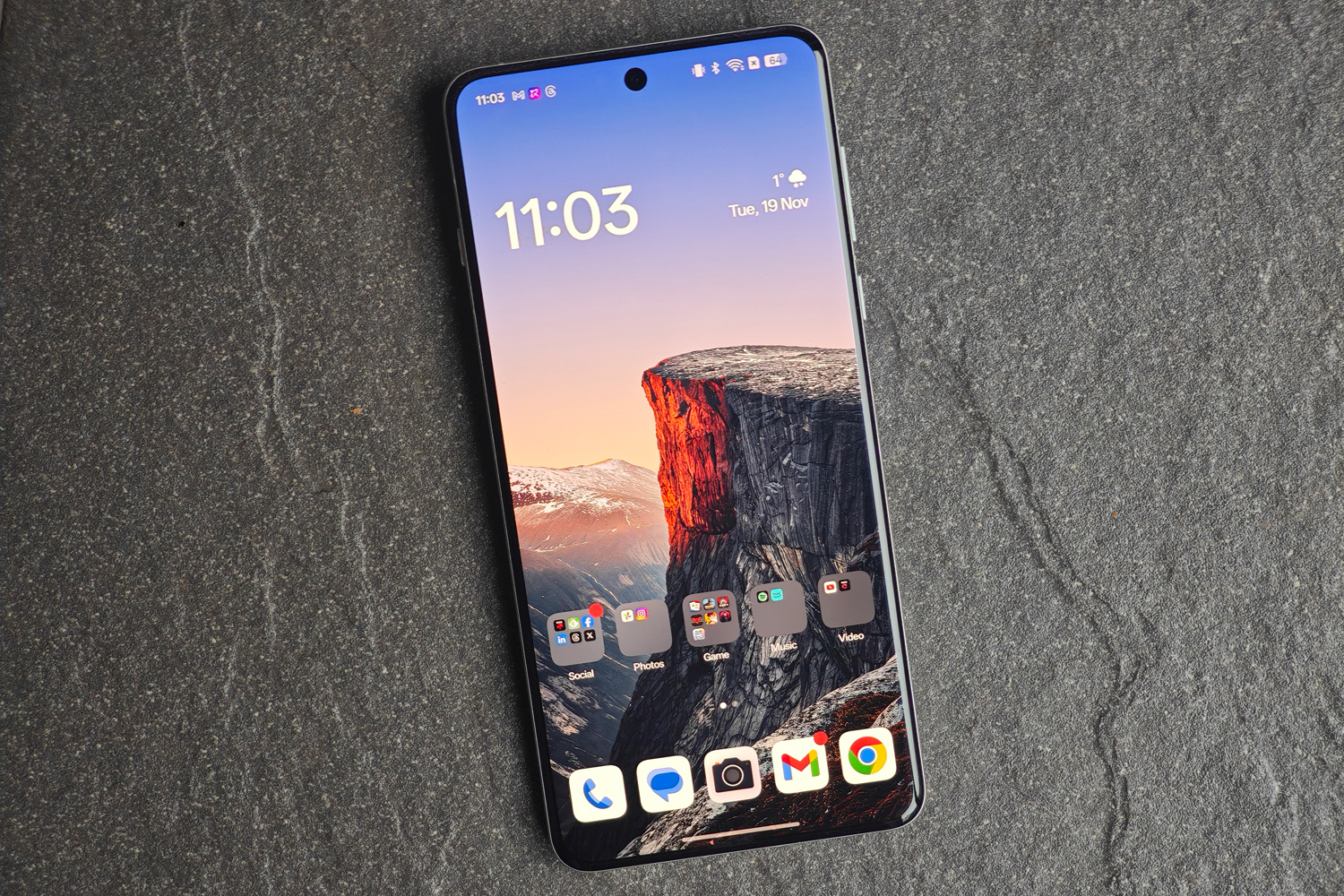
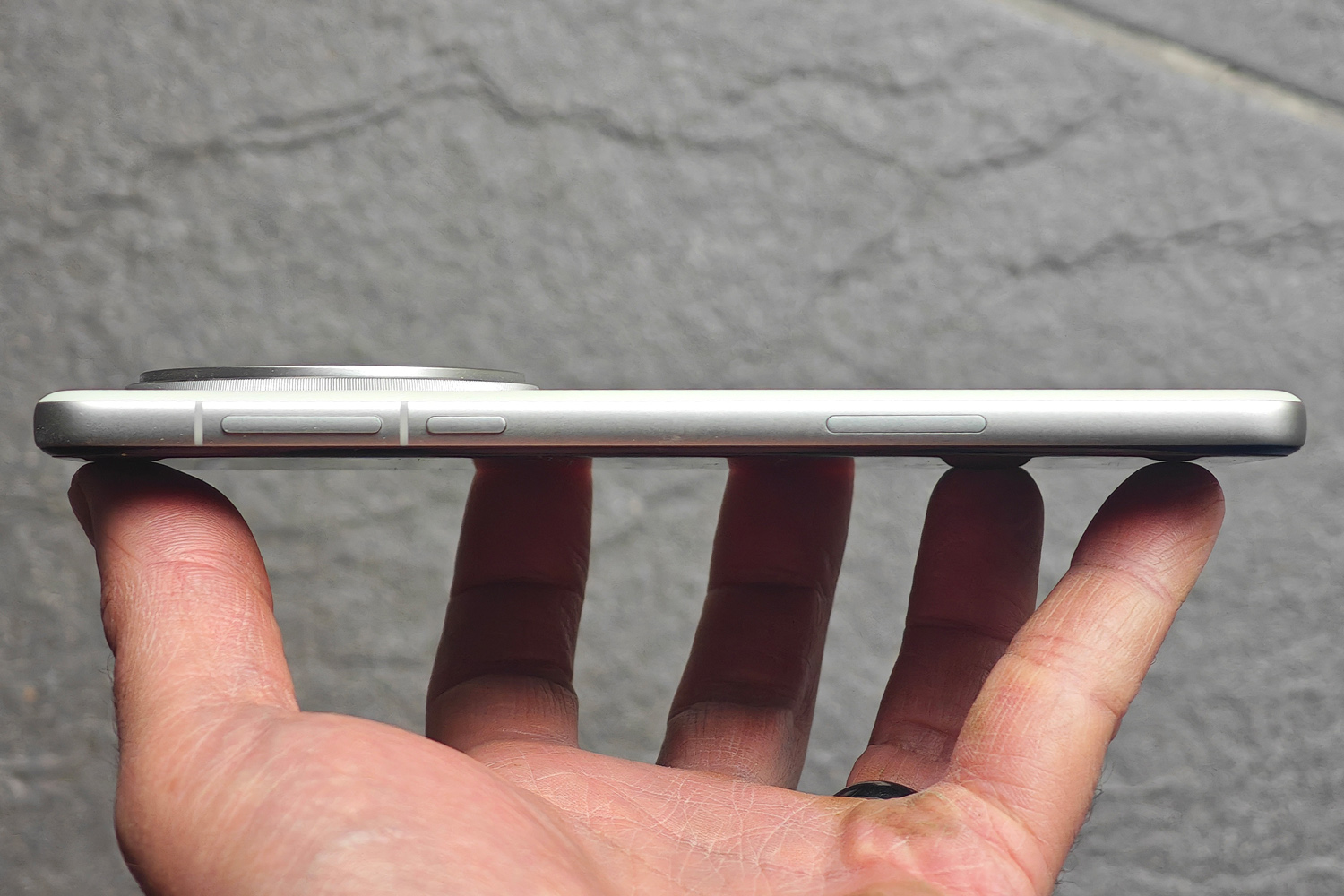

From a distance it’d be easy to write the Oppo Find X8 Pro off as another derivative flagship. It’s certainly the average size thanks to that 6.78in screen, and at 215g it’s pretty middle-of-the-road for weight. Pick it up, though, and you’ll notice the aluminium frame is subtly rounded, rather than flat, and the screen has 2.5D glass that curves ever so slightly at the edges. The Pearl White version I was sent for testing also has a unique frosted finish, helping it further stand out from the crowd – though not as much as the two-tone vegan leather Oppo used for its predecessor, the Find X7 Ultra.
That’s despite it having the same massive central camera module as many of its nearest rivals, both current and upcoming. It dominates the back of the phone (even if it protrudes less than the outgoing model). The rest of the look is rather minimal, though I wish Oppo could’ve relocated the CE information. It has to catch the light just right to be visible, but spoils the pared-back styling when it does. At least the speedy under-display fingerprint sensor stays incognito.
IP68 protection is practically the norm for flagship phones at this point, but Oppo has gone one further for the Find X8 Pro. It’s IP69 rated, meaning it’ll shrug off high pressure water jets as well as full submersion. I can’t say that’s something I encounter on the daily, but it’s great for extra peace of mind. So is the Gorilla Glass Victus 2 screen, which should survive small drops and surface scrapes – though I’m still counting down the days until someone other than Samsung will sell me a phone with reflection-busting Gorilla Armor glass.
This is the second Oppo phone I’ve seen with an alert slider, which used to be one of sister brand OnePlus’ hallmarks. The three-stage switch swaps between ring, vibrate and silent modes, rather than the Find X7 Ultra’s ‘VIP mode’ that disabled the camera, microphone and location tracking. My government doesn’t have such a tight grip on internet access I felt compelled to use it while testing the old phone, so am glad to see it ditched for the Find X8 Pro’s worldwide release.
Thumbs up to Oppo for keeping the IR blaster on the phone’s top edge, though. You basically only see this feature on phones from Chinese brands now, but plenty of Westerners still find it useful.
Screen & sound: screen sweet spot

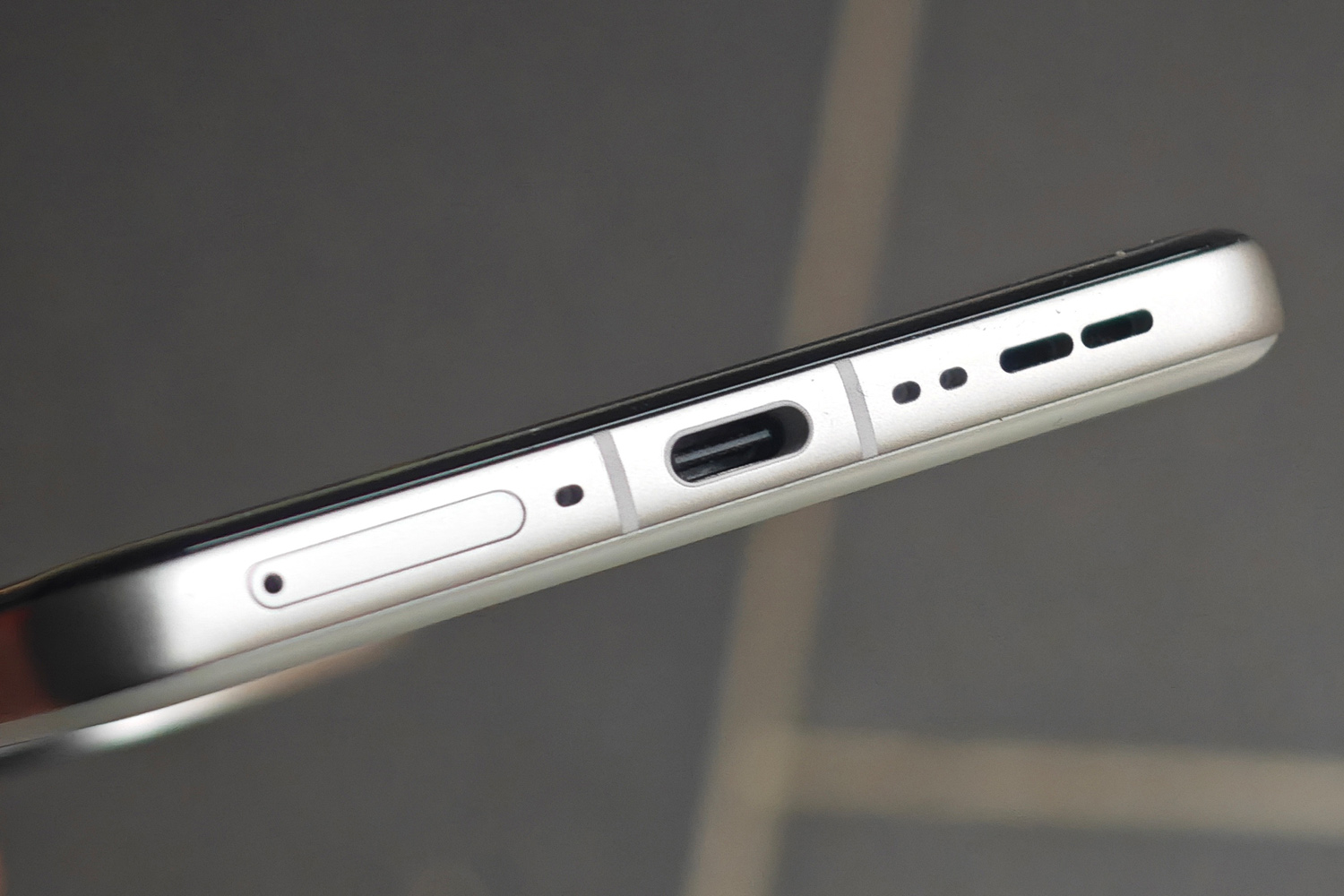

The Find X8 Pro’s 6.78in screen might seem sizeable if you’re coming from a more compact phone, but it has actually shrunk compared to Oppo’s last-gen flagship. Yet even with those skinny bezels this is still a palm-filler. The 2.5D glass has some of the subtlest curves I’ve seen, so light reflections really weren’t an issue.
At 2780×1264 it’s packing more than enough pixels to do justice to Full HD videos, and everything looks suitably sharp from a typical viewing distance. Sure, this is a step down from last year – and less than you’ll find in some rival handsets – but you’ll really struggle to spot any meaningful difference, and it helps keep battery drain in check.
It’s an LTPO AMOLED panel underneath, meaning a variable refresh rate that can drop as low as 1Hz for maximum power saving, or crank up to 120Hz for the smoothest motion. Colours are vibrant but well-judged, contrast is exceptional, and unbeatable black levels give dark movie scenes serious impact.
Oppo’s 4500 nits peak brightness claim only applies to a small portion of the screen when showing HDR content, including Google Ultra HDR, Dolby Vision, HDR10+ and the firm’s own ProXDR formats. More usefully it’ll do 1600 nits in High Brightness Mode (HBM), which I found was more than enough to see clearly while outdoors. A Google Pixel 9 Pro officially shines brighter, but side-by-side there really wasn’t a lot in it. There’s no shortage of eye care modes to make sure your retinas are soothed rather than scorched once the nights draw in.
The Find X8 Pro doesn’t do anything wild on the audio front, with a fairly typical down-firing main speaker and ear piece tweeter combo. There’s plenty of volume on tap, and a clear mid-range, but bass is very limited and the high-end didn’t have quite the same bite as the Pixel 9 Pro XL I was using previously. It’ll do just fine for YouTube, podcasts and casual gaming, but headphones are still the smart move for everything else.
Cameras: more Hasselblad heroics

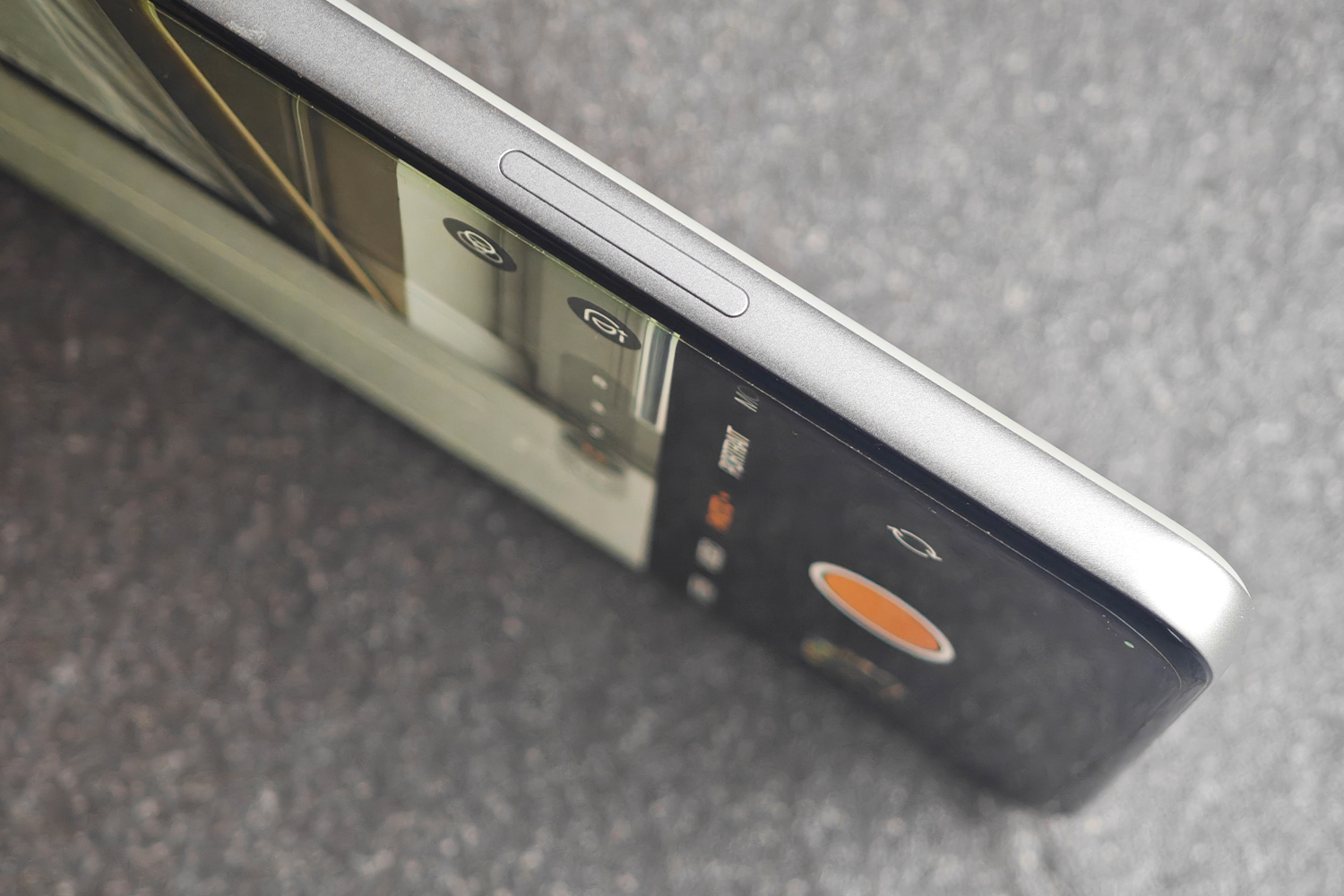

If the four rear camera lenses didn’t clue you in as to the Find X8 Pro’s photographic potential, the capacitive touch surface on the phone’s right side will. The Quick Button is Oppo’s take on the iPhone 16’s Camera Control button, giving you something physical to squeeze instead of tapping the screen to snap a photo. A double-tap launches the camera app, even from the lock screen, and sliding your finger over the surface when holding the phone in landscape view controls zoom magnification.
Personally I think it sits too far up the side of the phone to be comfortable to reach – something the iPhone 16 is equally guilty of – and its functionality is limited at launch. You can’t swap from zooming to say, adjusting the aperture or picking which filter to apply. Magnification goes through the entire zoom range, too, with no option to just jump between the four separate lenses. Oppo would say otherwise, but I’d still prefer my snaps were free of any digital cropping. It’s a good first effort, and more functionality is apparently on the way via an OTA update, so I’ll be interested to see where the firm takes the tech from here.
Back to those rear cameras, then. The Find X8 Pro has four 50MP sensors: one wide-angle, one ultra-wide, and two periscope telephotos for 3x and 6x magnification. All in you’re getting an effective focal range of 15mm to 300mm, once sensor cropping is thrown into the mix. An an automatic macro mode only adds to your virtual lens bag.




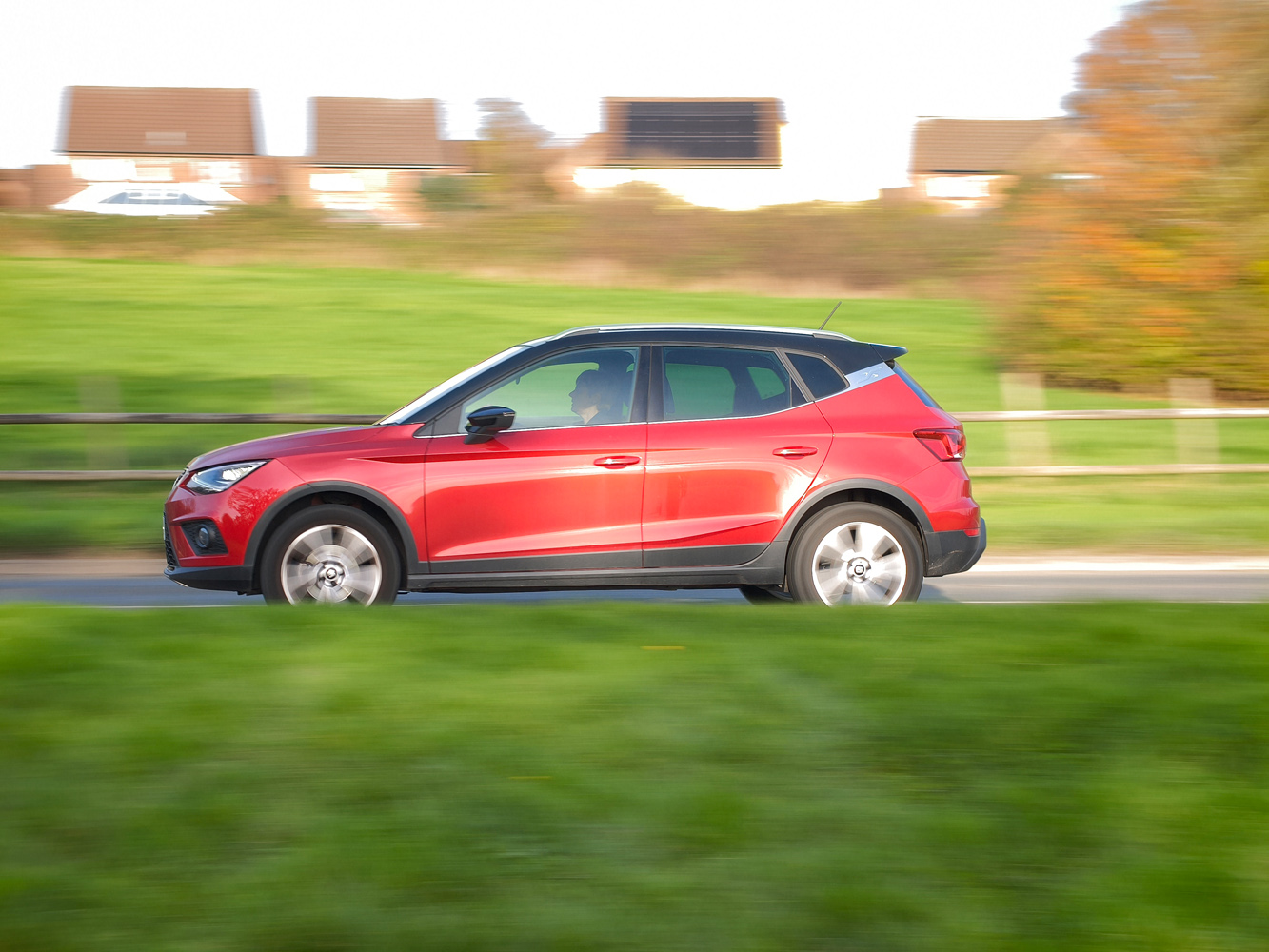




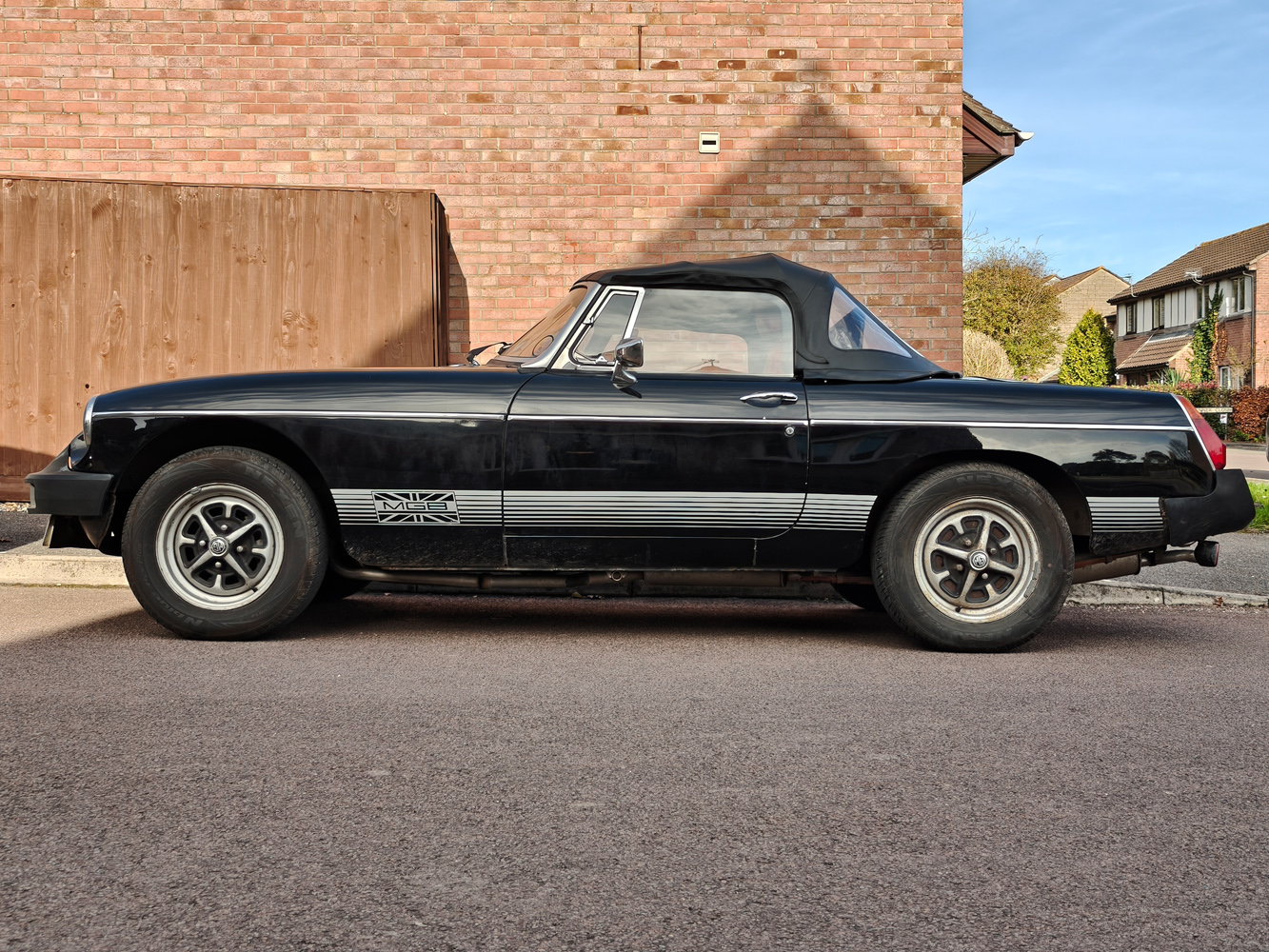
The lead camera doesn’t bring back the Find X7 Ultra’s 1in sensor, instead going with a smaller 1/1.4in LYT808 – but pairing it with a wider f/1.6 aperture. That means it barely gives up any depth blur, and takes fantastically detailed shots everywhere else. The level of detail is up there with the best camera phones, and Oppo’s colour science is very satisfying indeed. Dynamic range is superb and exposure very well judged in the auto mode.
The two stage magnification delivers equally impressive results, with largely consistent colours and exposure. 6X shots lose just a little vibrancy depending on the lighting, but are still wonderfully detailed and aren’t undone by camera shake. AI telephoto zoom lets you push all the way to 120x, but the quality drop-off is pretty dramatic; best to stick nearer the optical zoom for best results. Ultrawide shots aren’t quite as clear if your subject is beyond middle-distance, but close up pics are sharp and colourful.


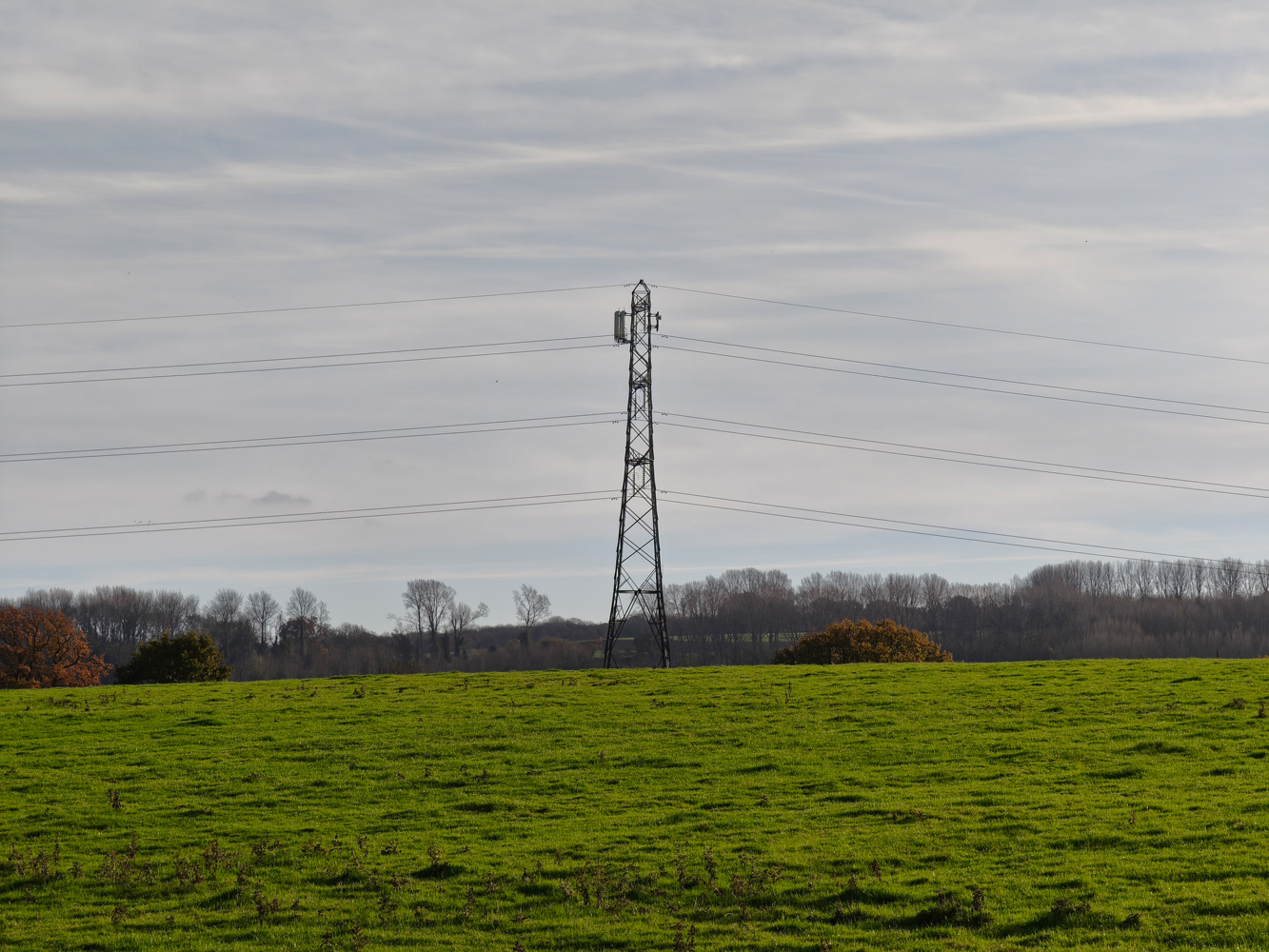
The Find X8 Pro continues to impress once the sun sets. Low-light shots are still stuffed with detail, exposure is almost always well-judged, and the auto night mode doesn’t demand you stay statue-like for very long at all. Particularly bright light sources in otherwise dark scenes can create a bit of flaring, but no more than any rival, and the shadows are kept true-to-life rather than boosting the entire scene in pursuit of extra clarity. Noise is maintained well and sharpening isn’t too prominent either. Again, it nudges into the top tier of smartphones for overall image quality.





On the video side this phone can handle 4K60 and Dolby Vision recording across all of its cameras, and at up to 12x zoom without dropping resolution. You don’t get creator-friendly file formats like LOG recording, though.
Software experience: new colours
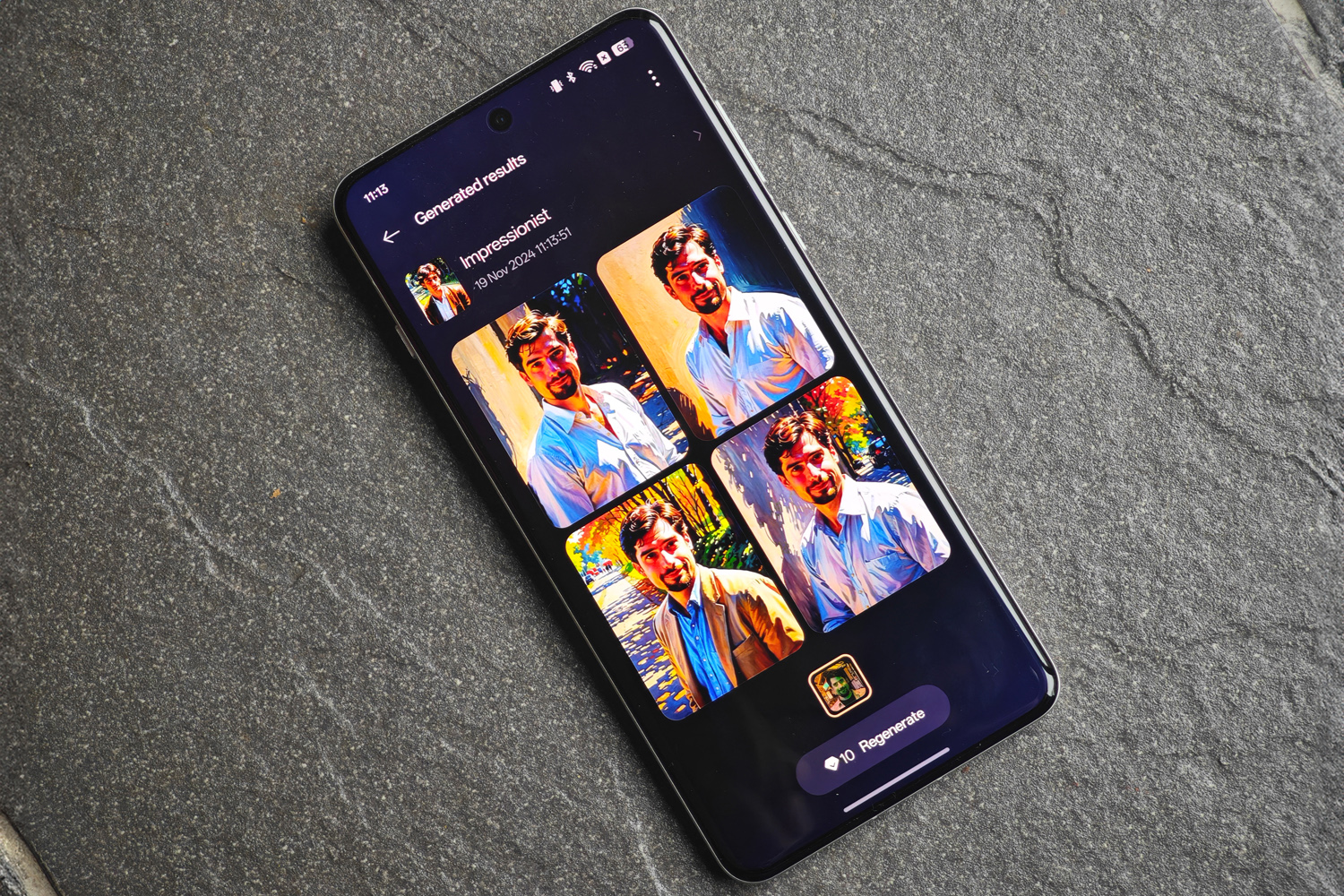
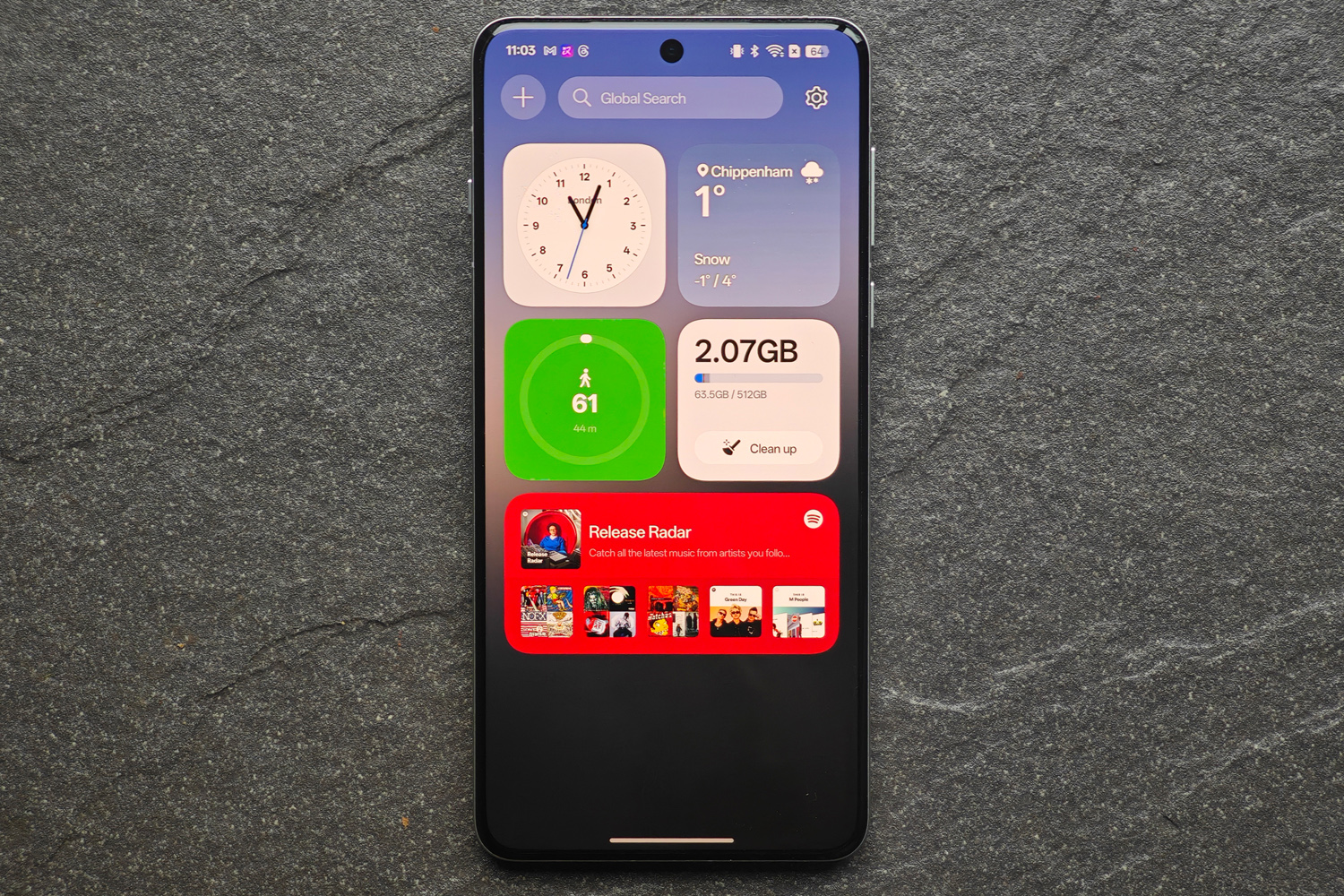
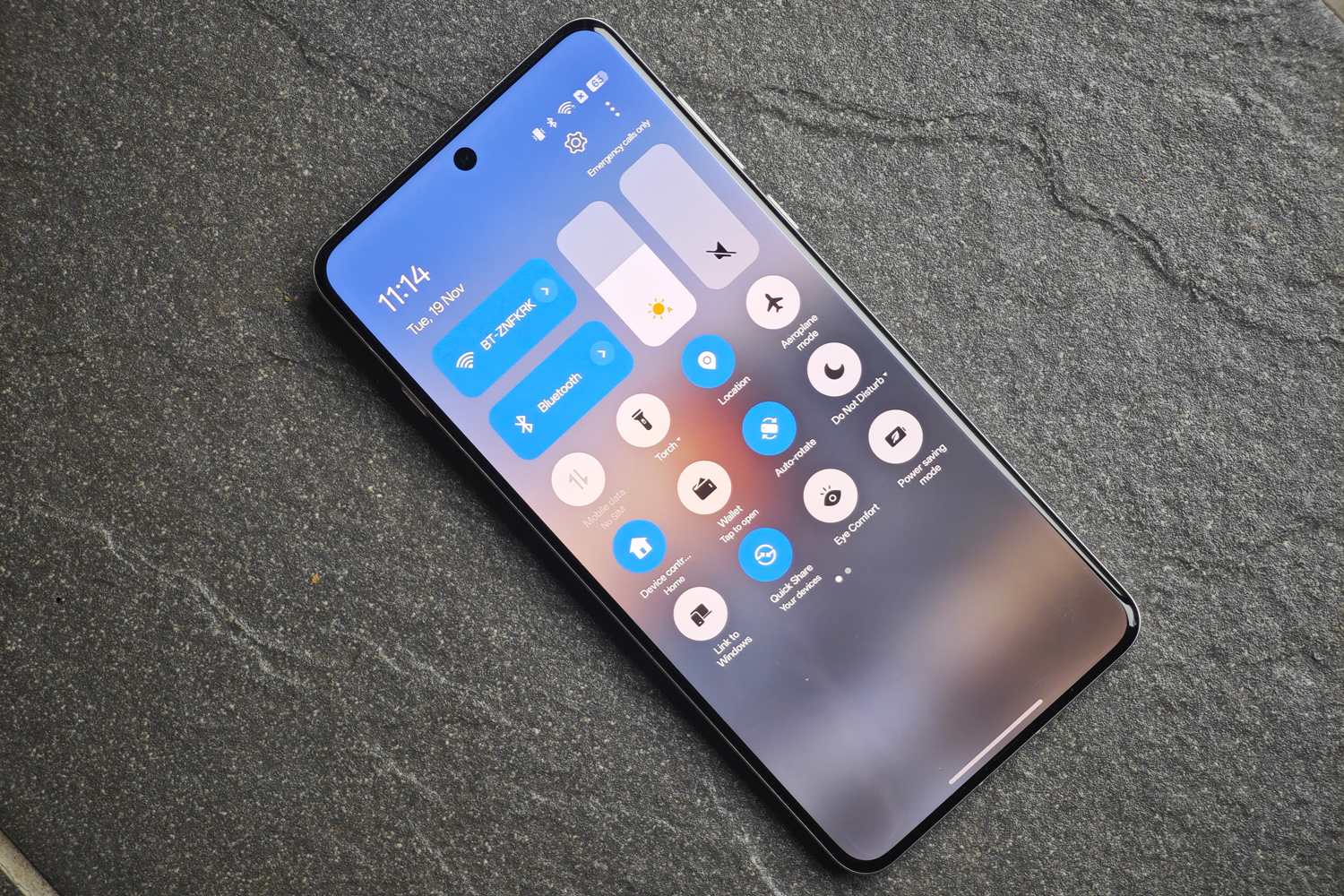
Having spent a decent chunk of time with Chinese variants of the last few Oppo flagships, the Find X8 Pro was like a breath of fresh air. The Google Play Store is there right out of the box; Android Auto is present and correct; Google Wallet actually plays nicely with contactless payments; and WearOS smartwatches actually pair properly.
The overall experience feels familiar, with Oppo’s take on Android having a lot in common with OnePlus’ Oxygen OS skin. ColorOS has the same UI icons, same shelf of widgets that exist separately from Android’s usual selection, and extensive customisation options. It lets you get as granular as picking which icons appear in the status bar and what animation plays when the fingerprint sensor recognises your digits.
Some other functions take inspiration from Apple, like the Live Alerts that put music playback in a Dynamic Island-style pill around the punch-hole selfie camera. It’s nowhere near as well supported as the iOS original, though, with just a few apps able to make use of it.
There’s a varied selection of own-brand apps, many of which duplicate Google’s own, including a web browser, app store and file browser. Not all of them can be uninstalled, but most can be disabled to tidy up the app drawer with no ill effects.
Naturally there’s been a sprinkling of AI thrown in for good measure. The recorder app can transcribe and summarise audio conversations, the Notes app can format, elaborate or shorten your rough ramblings into something more cohesive (with mixed results, as ever with generative AI) and Google Gemini is the stock virtual assistant. The AI Studio app can also take photos from your camera roll and turn them into generative portrait shots, either lifelike or stylised. The actual processing is done somewhere in the cloud, and the app demands tokens for each image produced, though you do at least get a bunch for signing up. Oppo is playing catch-up to Samsung and Google here, but only by a little.
Performance & battery life: next Dimensity
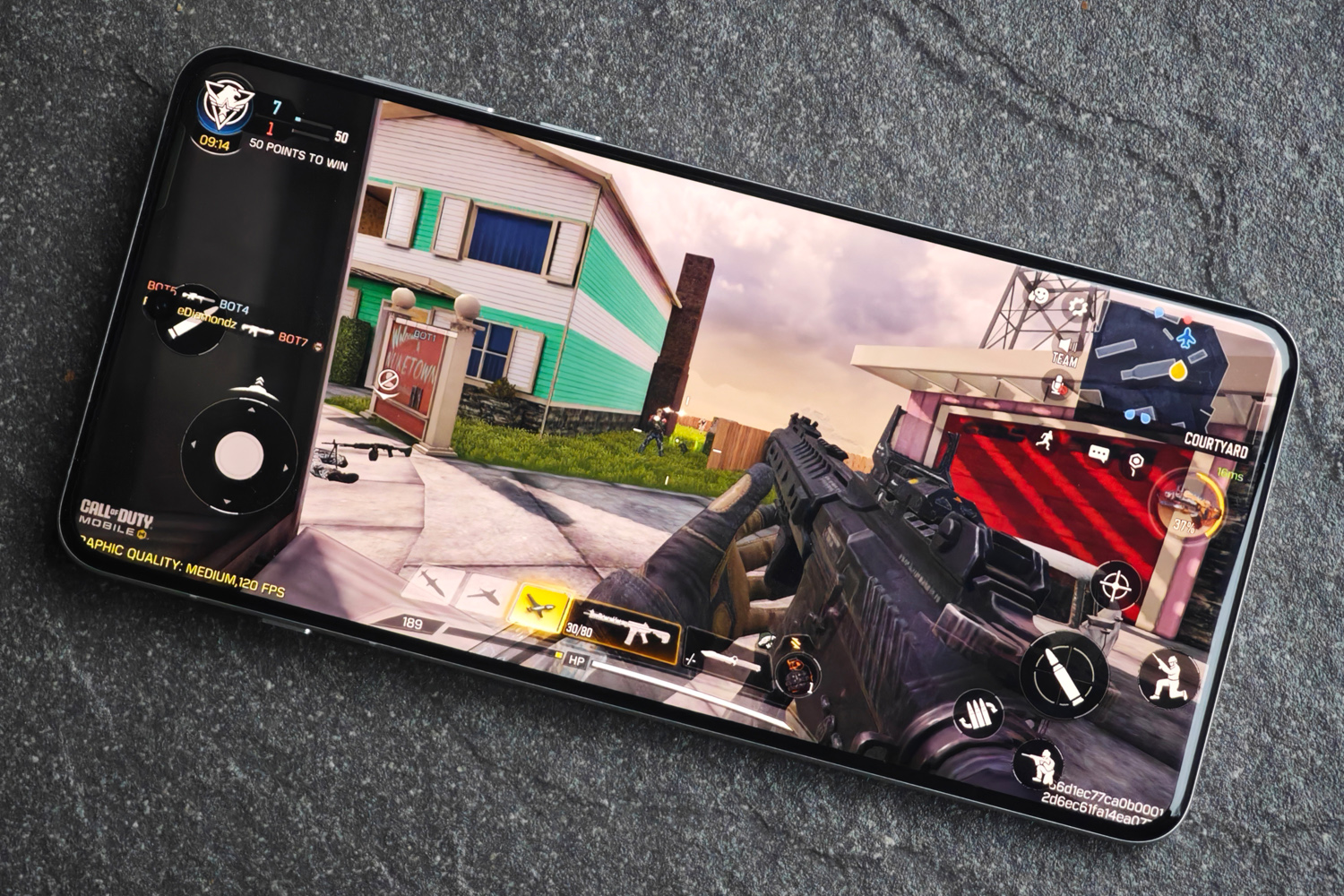

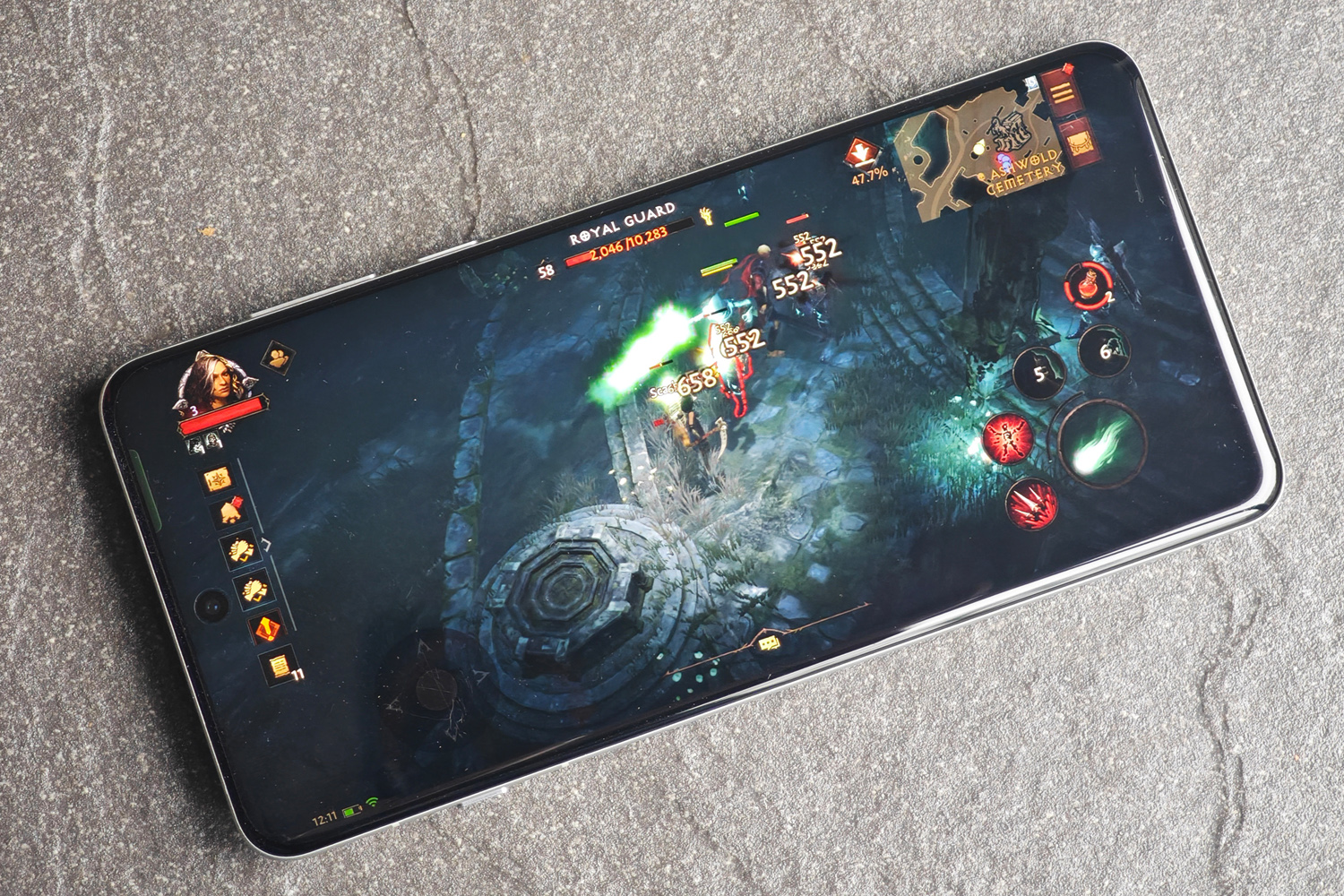
Qualcomm used to have the flagship phone world all sewn up, but MediaTek has been making huge inroads with performance and power efficiency – and brand loyal shoppers are coming around to the fact the grass might now be greener elsewhere. That’s partly why the Find X8 Pro uses a Dimensity 9400 chipset instead of the Snapdragon alternative.
It’s a real 2D powerhouse, especially when it comes to tasks that use multiple cores. A score of 8276 in Geekbench 6’s multi-core test puts it almost 30% higher than a Snapdragon 8 Gen 3 phone, though a newer Snapdragon 8 Elite is faster still. That pattern is flipped for GPU-based jobs, with the Dimensity comfortably outpacing Qualcomm’s latest and greatest in every test I ran it through. Either way, it comfortably leaves previous-gen flagships in the dust.
Benchmark scores don’t tell the whole story, of course, and in daily use the Oppo Find X8 Pro was always brilliantly responsive. The speed at which apps and games loaded was very satisfying, and multitasking never dragged it down a jot. I can only speak for my review unit, which came with 16GB of RAM; there are versions with 12GB available in certain countries. That goes for storage options, too: 256GB, 512GB and 1TB are all out there, not necessarily all in the same territories.
Gaming was a joy, too. Diablo Immortal defaulted to its highest detail settings and was buttery smooth, even when the in-game action got hectic. Call of Duty Mobile was a similar story, and demanding emulators were perfectly playable too. I didn’t notice the phone getting especially hot after a 20 minute play session, so dedicated gaming phones should definitely watch their backs.
Equally, there’s no excuse for not getting through a full day on a single charge with one of these in your pocket. The Oppo Find X8 Pro is among the first crop of West-bound phones with silicon-carbon batteries, meaning it’s got a whopping 5910mAh crammed inside a handset that would typically max out at around 5000mAh. I easily lasted from breakfast until bedtime, even with a fair amount of time spent on a 5G connection and with an hour (or two) of Balatro on the sofa after work. Only continuous 4K video recording or serious 3D gaming will drain it quicker.
80W wired charging won’t break any records, but it does mean the Oppo charges faster than any Samsung, Google or Apple phone. 50W charging is also a major step up, though compatible charging pads aren’t all that common.
Oppo Find X8 Pro verdict

The Find X8 Pro is the phone Western Oppo fans have been waiting for. It’s a fantastic flagship, with class-leading performance, fantastic battery life, rapid charging, and sleek looks. The screen is gorgeous and the AI-infused software is pretty slick, too. However, photography is undoubtedly the highlight.
This phone captures wonderfully dynamic and detailed shots in pretty much any lighting conditions. The Quick Button might not be as feature-rich as Apple’s Camera Control, and some may prefer how rival brands manage image processing and HDR – but personal taste aside, this is easily up there with the best camera phones on sale today.
Price, and the fact many shoppers have moved on to other brands during Oppo’s wilderness years, are what could hold it back. The upcoming OnePlus 13 (which has an awful lot in common with the Find X8 Pro) will surely be cheaper than the £1049 Oppo is asking – though it takes the fight to Samsung and Google’s flagships. If you like your tech to stand out from the crowd and are serious about stills shooting, it’s still an excellent buy.
Stuff Says…
Oppo’s return to Europe has been a long time coming. The Find X8 Pro is a fantastic flagship, with wonderfully capable cameras, long battery life and plenty of performance. The price makes it a left-field choice, though.
Pros
The new standard for flagship performance and battery life
Dynamic and detailed cameras in all lighting conditions
Slick styling, stellar screen and handy alert slider
Cons
Quick Button a lot more basic than Apple’s Camera Control
Stablemate OnePlus offers similar hardware for less
OxyenOS might be a bit full-on for some tastes
Oppo Find X8 Pro technical specifications
| Screen | 6.78in, 2780×1264, 1-120Hz AMOLED |
| CPU | Mediatek Dimensity 9400 |
| Memory | 12/16GB RAM |
| Cameras | 50MP, f/1.6 w/ PDAF, OIS + 50MP, f/2.6 telephoto w/ PDAF, OIS, 3x optical zoom + 50MP, f/4.3 telephoto w/ PDAF, OIS, 6x optical zoom + 50MP, f/2.0 ultrawide w/ PDAF rear 32MP, f/2.4 front |
| Storage | 256GB/512GB/1TB |
| Operating system | Android 15 w/ ColorOS 15 |
| Battery | 5910mAh w/ 80W wired, 50W wireless charging |
| Dimensions | 162x77x8.2mm, 215g |





